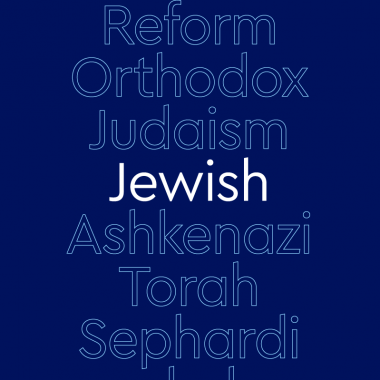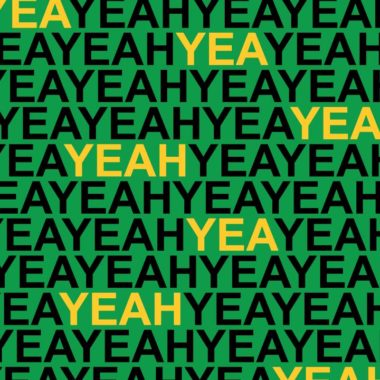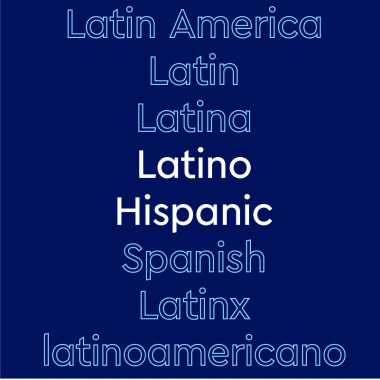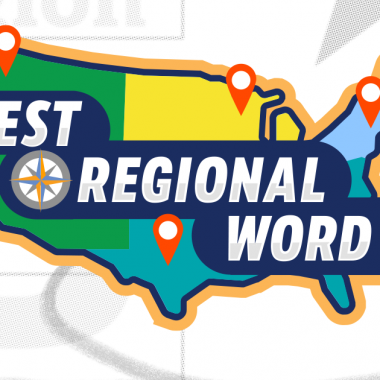The Complexity Of African American Vernacular English
by Taneesh Khera Black English has a rich history that touches on everything from linguistics to literature to music—and, of course, the words we speak each and every day. Black English is also known as African American Vernacular English (AAVE), among other names, as discussed in the extensive historical usage note at its entry. This form of English is as complex, of course, as standard …











